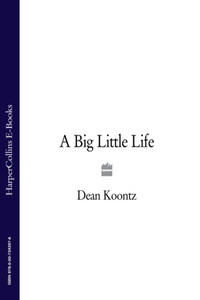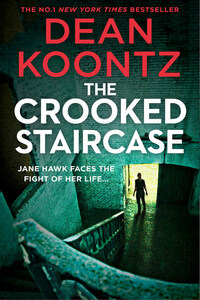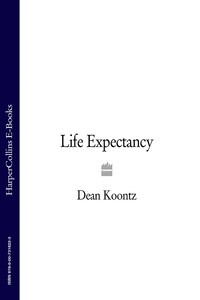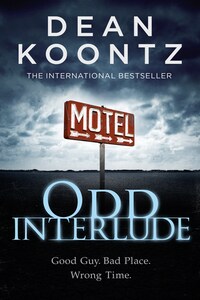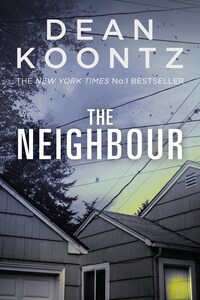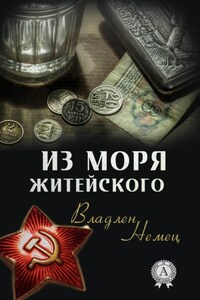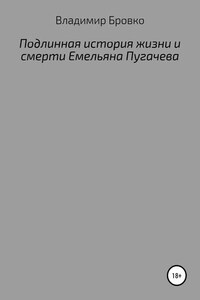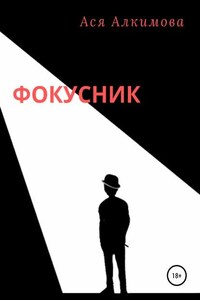THE SPOOKY MOMENT central to this story comes on an evening more than ten years ago.
Trixie, a three-year-old golden retriever of singular beauty and splendid form, adopted the previous September, is in her fourth month with my wife, Gerda, and me.
She is joyful, affectionate, comical, intelligent, remarkably well behaved. She is also more self-possessed and dignified than I had ever realized a dog could be.
Already and unexpectedly, she has changed me as a person and as a writer. I am only beginning to understand the nature of those changes and where they will lead me.
January 1999:
Our first house in Newport Beach, in the neighborhood known as Harbor Ridge, had an exceptionally long up-stairs hallway, actually a gallery open to the foyer below. Because this hall was carpeted and thus provided good traction for paws and because nothing breakable stood along its walls, I often played there with Trixie on days when the weather turned foul and on cool winter evenings when the sun set early.
Initially, I tossed a ball and sometimes a Kong toy down the hall. The Kong was about six inches long, made of hard rubber with an inch-wide hole through the middle. You could stuff a mixture of peanut butter and kibble in the hole, to keep your dog occupied for an hour or longer. I tried this twice, but Trixie managed to extract the tasty mixture from the Kong in five minutes, which was less time than I took to prepare it.
One evening the rubber Kong bounced wildly and smashed into a small oil painting, splitting the canvas. The painting was very old, and it was one of Gerda’s favorites.
When she noticed the damage a few days later, I fessed up at once: “The dog did it.”
“Even standing on her hind feet,” Gerda said, “the dog isn’t tall enough to do it.”
Confident that my logic was unassailable, I said, “The dog was here in the hall when the damage occurred. The Kong toy was here. The Kong belongs to the dog. The dog wanted to play. If the dog wasn’t so cute, I wouldn’t have wanted to play with her. Hall, dog, Kong, cute, play—the damage to the painting was inevitable.”
“So you’re saying the dog is responsible because she’s cute.”
I refused to allow my well-reasoned position to be nit-picked. I resorted to my backup explanation: “Besides, maybe she isn’t tall enough, but she knows where we keep the stepstool.”
So, because the dog had damaged the painting, in sub-sequent play sessions in the hall, we could not use the rubber Kong. Furthermore, I would not throw the tennis ball anymore, but would only roll it.
I explained the new rules to Trixie, whose expression was somber. “This is a valuable teaching moment,” I concluded. “You see, I’m sure, that if you had gone to your mother immediately after you damaged the painting and had taken responsibility, you would not now have this blemish on your reputation.”
Following the new rules, I always released the tennis ball with a snap of the wrist that gave it the velocity to roll the length of the hall. Trixie thundered after the ball, either snaring it near the end of its journey or snatching it out of the air if it ricocheted off the leg of a console and took flight. She returned it to me with dispatch, and at once I fired it off again. After twenty minutes, her flanks heaved, her tongue lolled, and though she still considered the tennis ball to be a priceless treasure, she was prepared to entrust it to me for a while.
Lying on the floor, facing each other, Trixie panted and I stroked her luxurious golden coat as she caught her breath.
From the week she came into our lives, Trixie and I had spent some time most days lying on the floor together. I found it relaxing for the obvious reason that a cuddle with a loving dog is always calming. I also found it strange, because she would stare into my eyes as long as I wanted to meet hers—ten minutes, twenty, thirty—and she would rarely be the first to look away.
